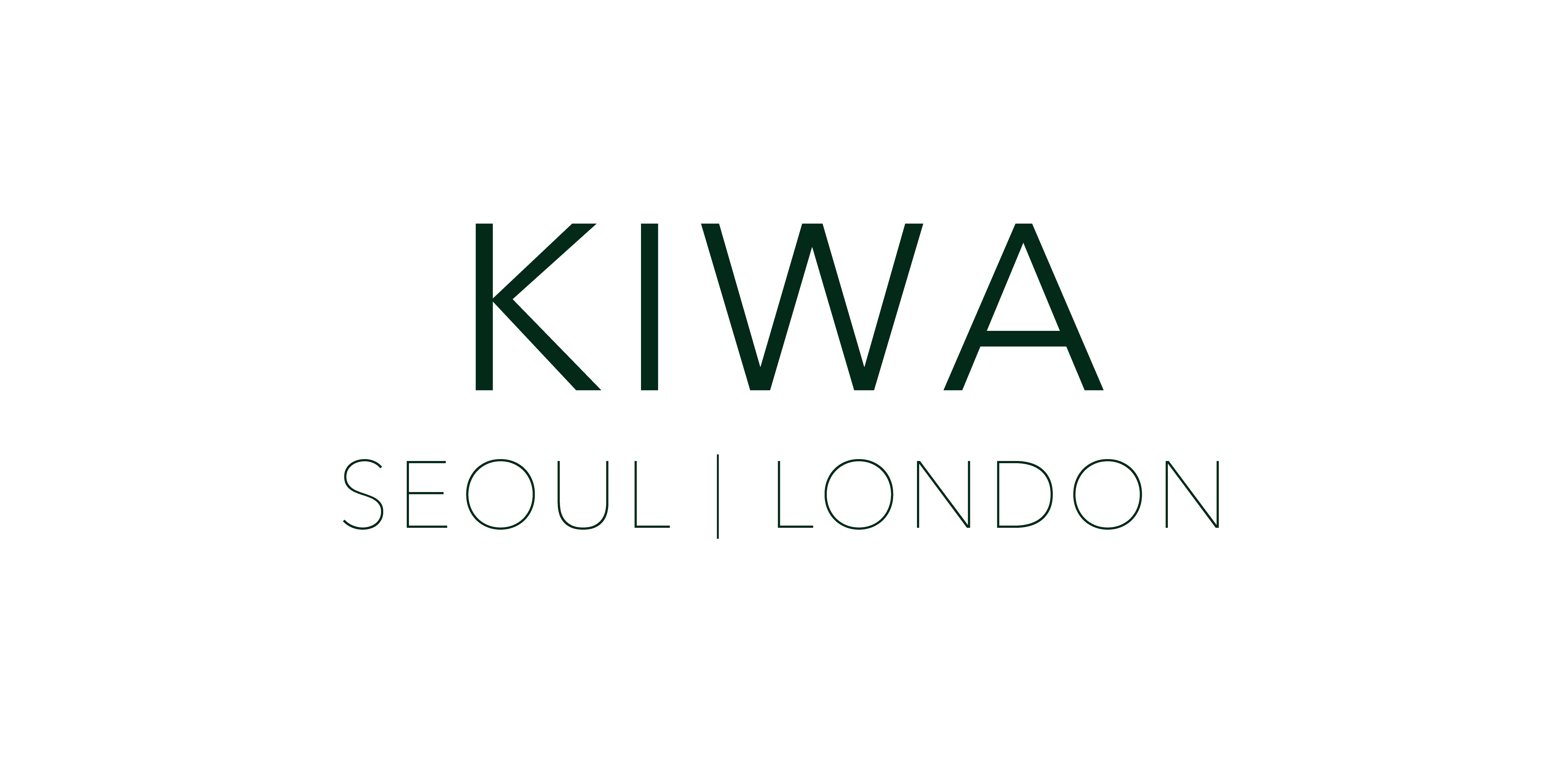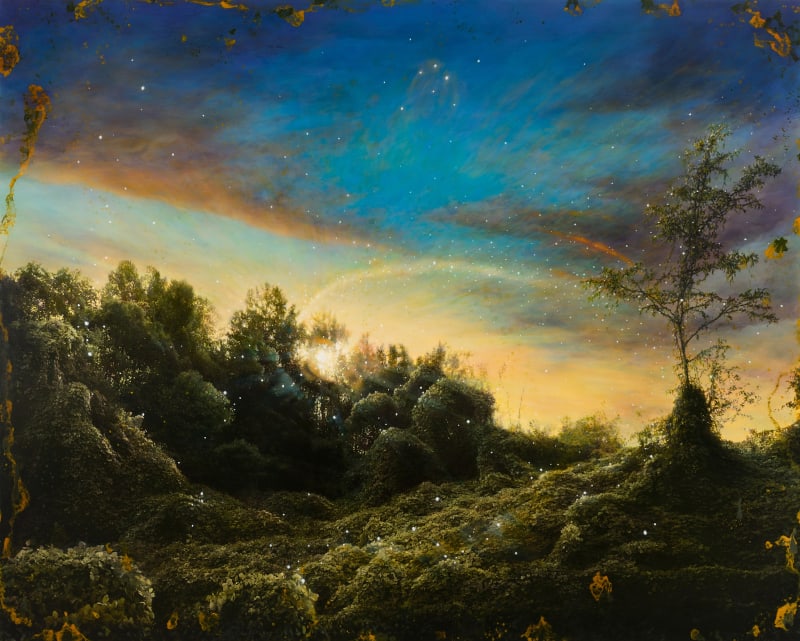A Fleeting, Dusk-like Radiant Moment
Ko Yeonsoo (art critic)
"You're traveling through another dimension.
A dimension, not only of sight and sound, but of mind.
A journey into a wondrous land whose boundaries are that of imagination.
Next stop, the Twilight Zone!"
- Rod Serling -
A dimension, not only of sight and sound, but of mind.
A journey into a wondrous land whose boundaries are that of imagination.
Next stop, the Twilight Zone!"
- Rod Serling -
Since the 16th century, the camera obscura, originally used by painters as a drawing tool, has experienced an uncertain trajectory. Once considered a marvelous device that captured images through light, it garnered immense support from scientists and naturally secured its place in the scientific domain. By the 1850s, photographs created using this machine gained recognition as visual artworks and were exhibited at the Salon, the pinnacle of visual arts at the time. However, they were still placed in a separate category, occupying an ambiguous "middle ground." In the 19th century, photography experienced unparalleled advancements across various fields, achieving significant artistic breakthroughs. This was due to the merging of artistic perspectives with a groundbreaking machine that carried scientific authority, propelling photography beyond its ambiguous origins toward the pursuit of artistic legitimacy.
The inherent peculiarity of the camera and photography can be seen in the works of artist Kim Kee-tae, a result of his intricate creative process. His method involves developing photographs on canvas, then layering them with acrylic and oil paint. Initially, the finished work may appear as a simple oil painting, but once the full process is understood, the perception of the piece shifts entirely. It is too ethereal and dreamlike to be considered a straightforward landscape painting, yet too grounded and tranquil to be dismissed as pure fantasy. Like a lenticular photograph, the image changes depending on the viewer's perspective—seen one way, it appears a certain way; seen another, it transforms. While Kim Kee-tae’s work playfully engages with the visual effects of medium hybridity, it also carries a certain twilight-like ambiguity that prevents it from being perceived as merely entertaining.
In visual art, extensive effort has been devoted to meticulously categorizing and analyzing concepts such as medium, materiality, tools, and techniques. However, Kim Kee-tae’s work calls for a different approach—one that moves beyond the traditional evaluation of materials and instead considers the relationship between the artist and the medium. The materials chosen by an artist (objet) enter into a new relationship with their creator, revealing not only their conventional properties but also previously undiscovered possibilities. These materials, reinterpreted through the artist’s unique language, are presented to the audience, who may either resonate with or remain detached from this new dynamic. Through the fusion of artist and medium, the work creates opportunities for the audience to "realize" or "discover" new worlds. The entire process of engaging with visual art—encountering, appreciating, and experiencing it—is shaped by the viewer’s evolving perception of the materials used.
Thus, in contemporary art, the notion of "medium" extends far beyond the traditional tools we recognize. However, this discourse is not new; it was fundamentally disrupted as early as the 20th century with the advent of Readymades, and by the 1950s, materials and tools in the hands of artists had been entirely deconstructed.
More crucial than the visual effects of the medium in Kim Kee-tae’s work is the question: why does he persist in constructing a fantastical space of reality? His focus is on ambiguous, liminal spaces—the in-between, the threshold between consciousness and the subconscious. The key lies in the artist’s urge to delve deeply into these uncertain territories. His works capture the elongated seconds of a mesmerizing moment—the hypnotic pause before a firework fades into the night sky, the fleeting glimmer of a shooting star amidst a sea of constellations, the sensation of drifting between wakefulness and dreams. His desire to depict these transient, fragile moments manifests in his delicate grasp of the in-between, the precarious realm of the Twilight Zone.
Within this recreated space of the "Twilight Zone," the artist finds refuge. Significantly, Kim Kee-tae titles all his works Unknown Artist. In old photographs, details such as location and date may be recorded on the back, yet the photographer remains unidentified. Still, their presence can be inferred—through the expressions of the people in the images, the settings, and the circumstances captured. Even when untraceable, the photographer is always embedded within the photograph itself. Over time, layers of remnants accumulate on the image’s surface, and these traces, both visible and invisible, are fundamental elements in Kim Ki-tae’s works.
Rather than adopting the conventional title Untitled, which has long served as a convenient yet ambiguous label in visual arts, Kim Kee-tae deliberately erases his identity from his works, naming them Unknown Artist followed by a date. While he distances himself from the final piece, his presence lingers through the process of layering paint over photographic records. He overlays objective documentation with his subjective sense of time, sometimes obscuring the original entirely, yet always leaving behind traces of its existence. This repetition of covering and preserving is akin to anchoring fantasy—an attempt to tether infinite imagination with a subtle safeguard. It is the very mechanism that allows him to construct his personal Twilight Zone.
Kim Kee-tae extends an invitation to step into this realm. He beckons the viewer to join him—whether to share the same dream or to dream differently altogether.
"It’s an amazing thing, the mind… It makes you see things even when they’re not there."
- Twilight Zone: The Movie (1983) -
- Twilight Zone: The Movie (1983) -

